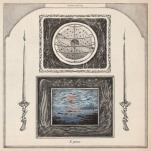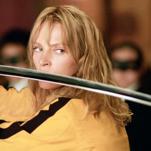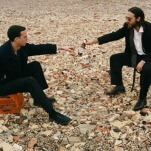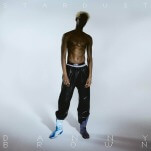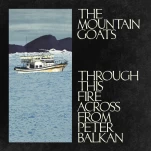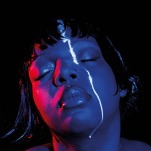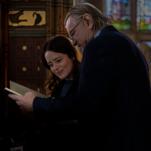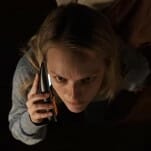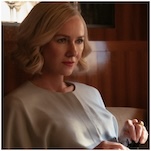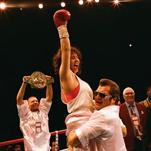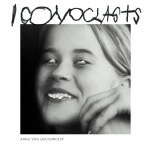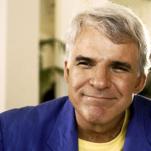Much Ado About Nothing
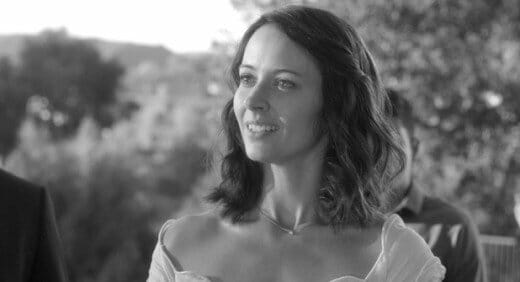
It’s been 20 years since the big-screen debut of Kenneth Branagh’s joyous, sun-drenched adaptation of William Shakespeare’s Much Ado About Nothing. Critically acclaimed and modestly successful at the box office, Branagh’s Much Ado boasted a powerhouse cast (Denzel Washington, Keanu Reeves, Emma Thompson, Michael Keaton and a nearly unrecognizable pre-whatever-the-work-she-had-done Kate Beckinsale, among others). More importantly, it represented an exuberantly manifested understanding and love of the source material, faithfully presented by a talented director.
Now, two decades later, Joss Whedon’s Much Ado About Nothing has landed in theaters, and though the cast may be less star-studded and the golden hues muted to a cool black and white, the result is nearly as pleasing.
In Hollywood, a 20-year gulf between a successful film adaptation and some sort of reboot, remake or sequel would usually signal a failure in the performance of the original, or at least some interesting story of development hell and battling property rights. But this is the Bard, in some ways immune to the industry’s insatiable need to repackage, sequelize and rip off anything with a track record in the popular imagination. Granted, Shakespeare’s works are rivaled only by the Bible as inspirational material for pretty much every movie genre out there. (And the day a version of Twelfth Night brings in $100 million will be the day before the green-lit production of an Eleventh Nightprequel is announced.)
-

-

-

-

-

-

-

-

-

-

-

-

-

-

-

-

-

-

-

-

-

-

-

-

-

-

-

-

-

-

-

-

-

-

-

-

-

-

-

-



